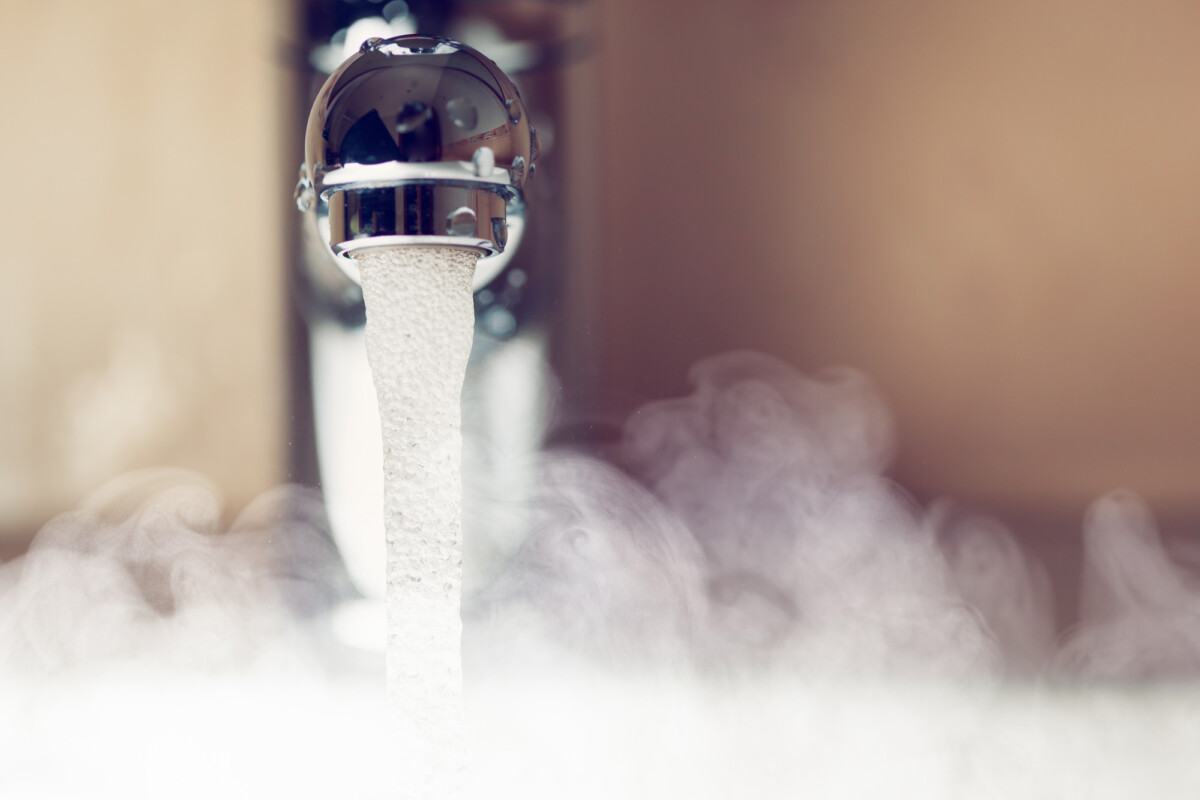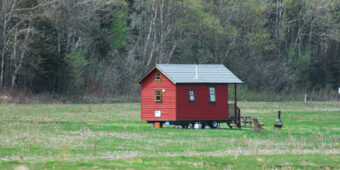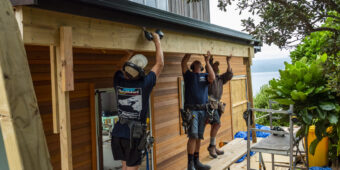Building Code update consultation closed
01 Aug 2022, Building and housing, Industry News, News

MBIE to review consultation on proposed changes to the new Building Code Acceptable Solutions and Verification Methods
The Ministry of Business, Innovation and Employment’s (MBIE) consultation on proposed changes to the Building Code Acceptable Solutions and Verification Methods has closed. The proposed changes relate to plumbing and draining, protection from fire and structural stability of hollow-core floors.
MBIE updates Acceptable Solutions and Verification Methods in the Building Code on an annual basis. This year’s focus was on making new build houses safer and healthier.
Cleaner, safer water
The proposed changes for plumbing and drainage will limit the allowable lead content in certain plumbing products, reduce the risk of hot water scalding and protect potable water supplies.
“We are proposing to reduce the maximum allowable lead content for certain plumbing products to align with changes being made in Australia,” said Dave Gittings, Manager Building Performance and Engineering. “This is the next logical step to reduce the presence of lead in our built environment. Health officials recommend that where exposure to lead can be reduced, it should be reduced and we want to know whether New Zealanders support this change.”
According to the Auckland Regional Public Health Service, exposure to lead can result in lead poisoning, which can be serious and can cause health issues and symptoms.
Gittings said the hot water temperature updates are designed to protect infants, young children, elderly and disabled people from tap water scalds by limiting water delivery temperatures.
“Maximum hot water delivery temperatures in New Zealand are higher than in other countries, which leads to an increased risk of tap water scalds,” he said. “This is why we are proposing to lower the maximum hot water delivery temperatures for most buildings from 55°C to 50°C.”
Potable water protection proposals will strengthen backflow prevention measures to reduce the risk of contaminants entering the public water supply systems. It’s proposed that provisions for when backflow prevention is required, what type of backflow prevention devices are suitable and how these devices should be installed and tested is updated, and the definition of potable water will be aligned with changes made under the Water Services Act 2021.
Fire safety standards strengthened
MBIE also wants to improve the level of fire safety in buildings – an important change, it says, in the face of increased demand for multi-unit dwellings.
It is proposed that interconnected smoke alarms will be a requirement throughout new homes, instead of the current minimum requirement for battery-operated smoke detectors installed within 3m of each bedroom door, or in every room where a person sleeps.
“This will help to ensure all occupants in that home are notified in the event of fire, no matter where in the house it occurs,” Gittings adds.
MBIE estimates the additional cost for interconnected smoke alarm coverage to be “in the order of a few hundred dollars (depending on the size and layout of the dwelling).”
The update also includes a requirement for interconnected smoke alarms to be installed if any work that requires a consent is carried out to a building. For example, if installing a wood burner, taking out a structural wall or adding insulation to an external wall.
“MBIE notes that the proposed requirements for fire safety systems will effectively set a new benchmark for residential homes, that is likely to be required as part of a building consent for any alteration for buildings that fall within risk group SH*.”
The updates will also increase the scope of the compliance pathway to include more types of low-rise multi-unit homes, provide new requirements for the fire safety systems, means of escape and control of fire and smoke spreads for residential homes.
Increased seismic safeguards
Research conducted following the 2016 Kaikōura earthquake demonstrated that hollow-core flooring systems are vulnerable to excessive damage during earthquakes. As a result, a change to the compliance pathway for hollow-core floors has been proposed to make new buildings safer in the event of earthquakes and remove existing design details that research has shown are no longer suitable. It proposed to remove a ‘deemed to comply’ solution for the support of hollow-core floors in new building designs from Verification Method B1/VM1.
“This means that engineers will be required to do more than follow the existing design method for hollow-core floors,” said MBIE, “and consent authorities will no longer be able to accept this method as proof of compliance with the Building Code without further evidence.”
In practice, this means engineers and designers proposing hollow-core floors will need to provide extra evidence to demonstrate their design complies with Building Code.
Consultation on the proposed amends closed on 1 July 2022. You can view the proposed Acceptable Solutions and Verification Methods by following this link.
*Risk group SH is one of seven risk groups developed by MBIE to regulate fire protection solutions for different buildings. It includes residential buildings, multi-unit dwellings, home-based building activities and outbuildings.
Register to earn LBP Points Sign in



